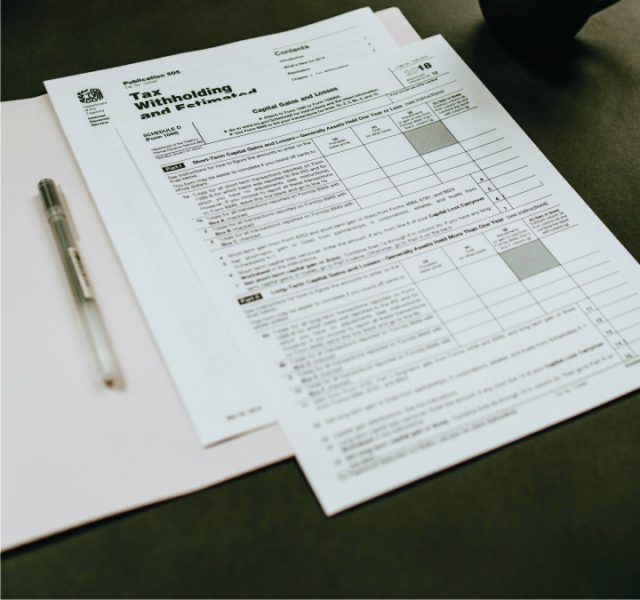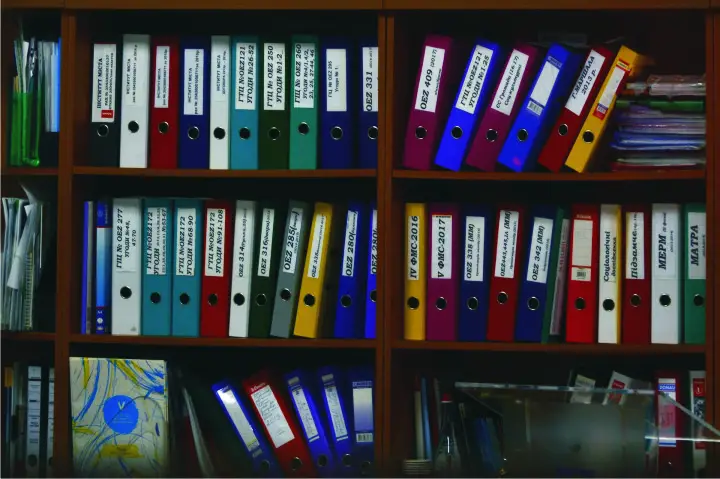
When people talk about adoption papers, they typically mean the legal documents that certify that a legal adoption process occurred and was completed. The law requires it and reputable adoption agencies access them. Adoption is a beautiful and complex process that brings new families together. It is also a legal process that involves a lot of paperwork. In this guide, we’ll take a closer look at adoption papers and what they entail.
There are different conditions involved in the transfer of these rights, depending on the child’s specific circumstances. Regardless, these are specified in the adoption papers so that if the adoption is somehow challenged or questioned, later on, the adoptive parents would have a firm legal footing to stand on.
Adoptive parents that chose to walk the adoption walk alone usually source the adoption forms from reputable firms on the internet or other local ways. You may choose to use our free recommended adoption paper sources by clicking on this link.
What are Adoption Papers?
Adoption papers are the legal documents that establish the legal relationship between an adoptive parent and an adopted child. These papers are essential to the adoption process, as they provide proof of the legal parent-child relationship and transfer all the rights and responsibilities of a biological parent to the adoptive parent.
The adoption papers prove that the proper legal authorities in your jurisdiction have approved the adoption of a particular child. It is not a mere formality. The documents show that the child’s constitutional rights have been passed from the birth parent to the adoptive parents.
Types of Adoption Papers
There are several types of adoption papers, including:
- Petition for Adoption
- Adoption Agreement
- Decree of Adoption
- Adoption Order
- Adoption Certificate
Each type of adoption paper serves a different purpose and is required at different stages of the adoption process.
The Petition for Adoption
The petition for adoption is the first step in the adoption process. It is a legal document that is filed with the court, and it explains why the adoptive parent is seeking to adopt a child. This document typically includes the following information:
- The names and addresses of the adoptive parents and the child to be adopted
- A statement of the adoptive parent’s qualifications to adopt
- A statement of the child’s eligibility for adoption
- A statement of consent from the child’s biological parents (if applicable)
The Adoption Agreement
The adoption agreement is a contract between the adoptive parents and the birth parents (if applicable). This document outlines the terms and conditions of the adoption, including the rights and responsibilities of each party. The adoption agreement is typically used in private adoptions, where the birth parents are known and are giving their consent to the adoption.
The Decree of Adoption
The decree of adoption is a court order that legally establishes the parent-child relationship between the adoptive parents and the adopted child. This document is typically issued by the court after the adoption has been approved, and it serves as the final proof of the legal parent-child relationship.
The Adoption Order
The adoption order is a court document that outlines the terms and conditions of the adoption. This document is typically issued by the court after the adoption has been approved, and it outlines the rights and responsibilities of the adoptive parents and the adopted child.
The Adoption Certificate
The adoption certificate is a document that serves as proof of the legal parent-child relationship. This certificate is typically issued by the court after the adoption has been approved, and it serves as the official record of the adoption.

There are a handful of Adoption Papers required
A Guide to Fake Adoption Papers
Unfortunately, some people try to take advantage of the system and use fake adoption papers to illegally adopt children. Here are the dangers of fake adoption papers and how to spot them to avoid falling into the trap.
What are fake adoption papers?
Fake adoption papers are fraudulent documents that are used to deceive the authorities and make a fake adoption seem legal. These papers can range from fake birth certificates, fake adoption certificates, and other legal documents that are required to complete an adoption process.
Why do people use fake adoption papers?
People use fake adoption papers for a variety of reasons, such as:
- To avoid the long and complicated adoption process
- To adopt a child from a different country
- To adopt a child without going through the proper channels
- To hide the child’s true identity
The dangers of fake adoption papers
The use of fake adoption papers can lead to a variety of dangers, such as:
- Breaking the law: Using fake adoption papers is illegal, and you can face severe legal consequences if caught.
- Depriving the child of their rights: The child may be taken away from their biological parents illegally, and they may not have access to their family history or medical information.
- Emotional trauma for the child: The child may suffer emotional trauma if they find out that their adoption was illegal and their true identity was hidden from them.
How to spot fake adoption papers
Here are some red flags that can help you spot fake adoption papers:
- Inconsistencies in the information: If the information on the adoption papers doesn’t match, it may be a sign of fraud.
- Missing signatures or stamps: All legal adoption papers should be signed and stamped by the appropriate authorities.
- Poor quality of the document: Fake documents often have poor-quality printing, spelling mistakes, and other errors.
We cannot stress this enough. You may decide to forgo the funds wasted if you found out you ended up with fake adoption documents. However, you may not forgive yourself for the wasted time and effort. Gladly, our readers have had happy experiences with the adoption forms agencies we recommended to them. Oh, and the recommendation is free.
DOWNLOAD OUR FREE ADOPTION CHECKLIST
>> Adoptive Parent Preparation Checklist <<
Different Jurisdictions Require Different Adoption Documents
While adoption laws vary depending on jurisdictions and countries, they do share some underlying commonalities. This is especially so when it comes to the processes involved in how to adopt a child. From the adoptive family, the following documents may require.
- Adoption Application Form
- Adoption Planning Questionnaire and Affidavit
The affidavit states your preferences as to adoption opportunities and where you plan to live with the child.
- Adoption Profiles
This form asks for information about the family looking to adopt. This information is not just for record-keeping purposes. It is presented to the birth parents to ensure that their child is going to a fit family.
- Interstate or International Paperwork
There are particular legal procedures you have to go through if you plan to adopt from another state or country. The adoption forms have to reflect this.
- Other Documentary Requirements
These cover a wide range of topics. Generally speaking, they intend to establish your identity as well as keep your financial capability and fitness.
What kind of questions would they ask? They can ask whether you had any prior records of child abuse or any criminal convictions. Your medical background will also be checked and, of course, your financial capabilities.

All the adoption papers need to be filed
Birth Parents Require Less Documentation
Not surprisingly, the party giving up a child for adoption will be required less documentation. Again, the purpose is to smoothen the process for parents, who feel that they are not ready to raise a child. This way, they can go through the adoption process relatively smoothly.
With that said, the most vital part of the documentation process is the consent-in-adoption form (consent to adoption form). You have the option to choose among prospective adoptive parents by going through the profiles recommended by the agency. In addition, this form specifies that you understand your rights and give them up to the adoptive family as part of the adoption process.
There are variations to this. For example, you can opt for an open adoption where you will remain in contact with your child even after the adoption process has concluded.
You can also prepare your hospital plan for your delivery. Upon birth, you can give official consent adoption to relieve your child’s rights over to the adoptive parents. It makes for a quick adoption process, so you don’t remain with your child while the adoption goes through.
Adoption Documents and Post-Placement
When the adopted child is already in the custody of the adoptive family, there will be succeeding post-placement visits and finalization hearings before the grant of a legal adoption decree. This point is where we can say that the legal ownership process has finally concluded. This part is the precise moment when adoption papers will officially be released.
These documents prove that there is a legal basis for adoption. It ensures the security and legitimacy of the transfer of legal rights to the adopted child should there be an issue in the future.
Conclusion
Whatever your views are about adoption, it’s very clear that you need to formalize any adoption by filing the right adoption papers. Depending on the type of adoption, the required paperwork varies. While the process is very straightforward, there are a few variations from state to state.
The most important thing to do is to commit to following the process without trying to circumvent it. Those who tried had bad tales. The worst case is by using fake adoption forms. From the start to the end, the system makes adoption documentation less stressful for birth mothers. The final adoption paper is seen as the legal adoption decree signed and issued by a judge.
Did you enjoy reading this? Then don't miss any of our future articles
Signup for our Email NewsLetter
[ninja_form id=”10″]Adoption Papers Needed to finalize an adoption
To ensure you get the adoption process formally signed, sealed, and delivered, you have to complete some forms showing certain background information. Here are some.
- Home Study: It’s a notarized 5-8 page document stating who you are, what you do, and why you will make good parents.
- Certified birth certificates from the state capital of your birth.
- Marriage Certificate (where applicable)
- Financial Statement listing your financial worth: your assets and liabilities, bank balances. It’s normally signed before a notary.
- Employer’s Letters using their letterhead.
- Medical Letters signed by your doctor stating that you are in good health.
- Police Reports saying you are not a criminal. Some states require fingerprints.
- Divorce Decree from the Bureau of Vital Statistics.
- For international adoption, an Approval Notice from USCIS authorizes you to bring an adopted child into the country.




